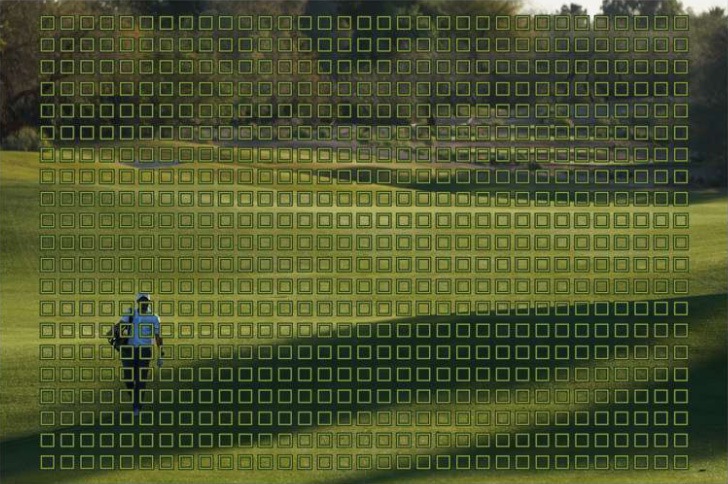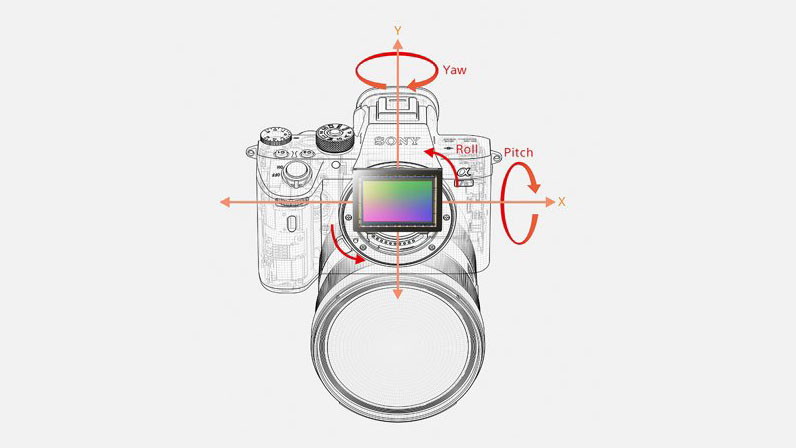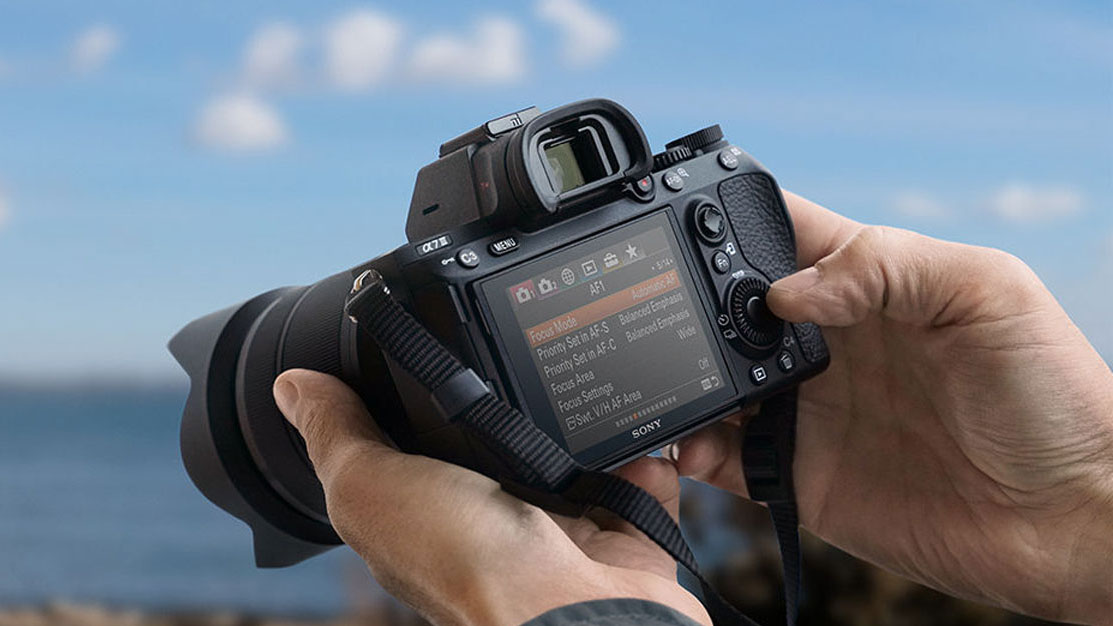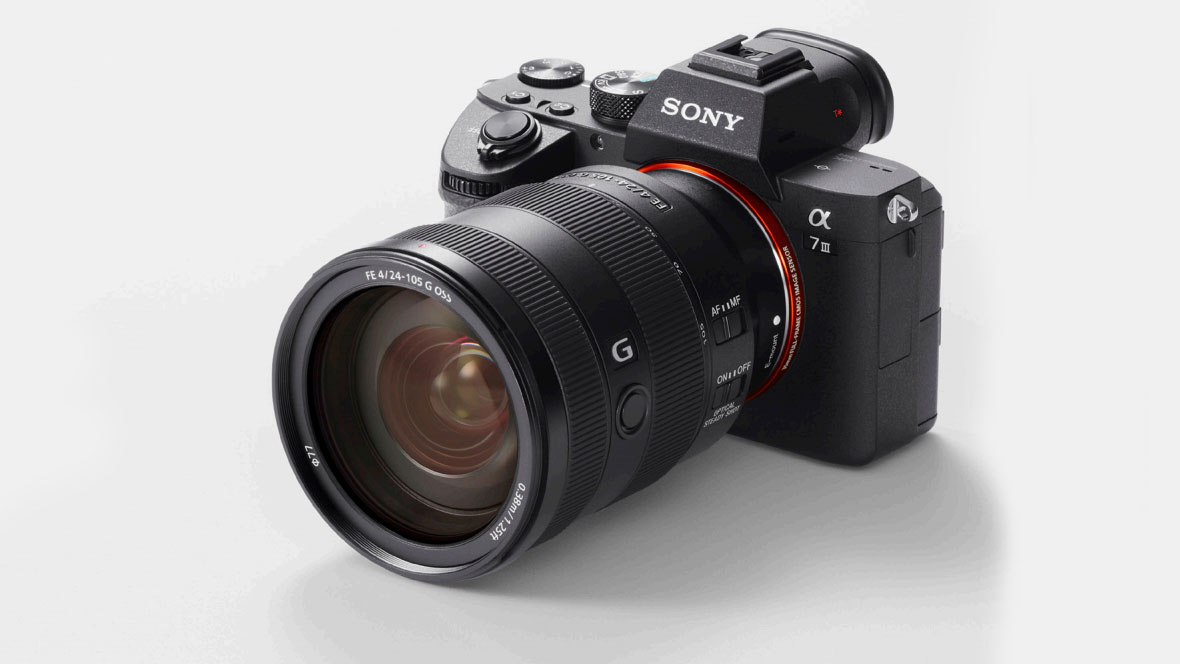Sony's full-frame A7 series cameras just keep on getting better and better, but its latest two camera launches have given buyers a tough dilemma. The Sony Alpha A7R III combines a high-resolution sensor with an impressive 10fps continuous shooting speed and powerful 4K video features. But the new Sony Alpha A7 III matches it in practically every respect except resolution, has a better autofocus system and buffer capacity in continuous shooting mode, and sells for less than two-thirds the price.
It used to be a lot easier than this! The A7R series cameras have always been the flagship cameras for resolution and image quality, while the regular A7 model was a more modest model with lower specs at an affordable price. However, the latest version of this 'basic' model, the A7 III, is extremely powerful in its own right, making this decision a whole lot more difficult.
So we've put together this detailed 12-point comparison to explain the differences between the A7R III and A7 III and what they mean and to help you decide which one is right for you. We also have a verdict at the end which sums up our findings and suggests the best choice for different types of photographer.
Sony Alpha A7R III vs A7 III: Resolution
This is the most obvious difference between these two cameras. Both use cutting edge back-illuminated sensor designs combined with Sony's BIONZ X processor and front-end LSI for their high performance, but the A7R III has 42.4 million pixels while the A7 III has 24.2 million pixels. It sounds like a simple choice – more megapixels is better, right? And so it is, but keep in mind that 24.2 million pixels is still good even by today's standards and will produce a print 20 inches wide at the typical print setting of 300dpi. The A7R III's resolution would give you a 26.5-inch wide print at the same settings, but from files that will fill up your storage almost twice as fast. And does your current computer have the processing power for its big 14-bit raw files?
Sony Alpha A7R III vs A7 III: ISO
There is an advantage to having a lower resolution sensor. The A7R III offers an ISO range of 100-32,000 in standard mode and 50-102,400 in expanded mode. That's pretty good, but the A7 III goes higher, with a range of ISO 100-51,200 in standard mode and ISO 50-204,000 in expanded mode. There are fewer photosites (pixels) on the A7 III's 24.2 megapixel sensor, but this means that each one is larger and gathers more light. For low-light photography, then, the A7 III edges ahead.
Sony Alpha A7R III vs A7 III: Continuous shooting
Both cameras can capture images at 10fps with continuous autofocus and auto-exposure, both offer an 8fps 'live view' mode with less viewfinder blackout and faster update, and both can shoot at 10fps in silent mode.
However, the A7 III's lower resolution gives it an unexpected advantage here – a larger buffer capacity. The images files have less data, which means they can be processed and saved more quickly and the buffer takes longer to fill. The A7R III can capture 76 JPEGs in a single burst, 76 compressed raw files or 28 uncompressed raw files, which means that although it can capture images very quickly, it can't keep this up for long. The A7 III does better, capturing up to 177 JPEGs in a burst, 89 compressed raw files or 40 uncompressed raws. This gives it a significant advantage for action photography.
Sony Alpha A7R III vs A7 III: Autofocus

Both cameras have sophisticated hybrid on-chip phase detection and contrast AF systems, but the A7 III's is more advanced. It's inherited from the Alpha A9 and offers 693 phase detection points covering 93% of the image area, plus 425 contrast AF points over a smaller area for accuracy. The A7R III has the same number of contrast AF points but only 399 phase detection AF points over 68% of the image area. Unusually, it's the cheaper camera here that has the better autofocus system.
Sony Alpha A7R III vs A7 III: Image stabilisation

The A7R III and A7 III both use Sony's 5-axis SteadyShot Inside in-body stabilisation, but where Sony claims a 5-step advantage with the A7 III it quotes 5.5 steps for the A7R III, due we believe to improved algorithms rather than any difference in the hardware. It seems unlikely you'll notice any difference in everyday shooting. In fact, the A7R III's higher resolution is likely to make any camera movement more obvious, potentially offsetting any gains.
Sony Alpha A7R III vs A7 III: Pixel Shift Multi Shoot
This feature is unique to the A7R III and does not appear on the A7 III. In this mode, the camera captures four images in succession, shifting the sensor by one pixel each time. In this way, it can record full-colour data for each photosite (pixel) rather than having to interpolate the colour information from neighbouring pixels, which is how sensors usually work. The result is slightly improved ultra-fine detail and reduced colour artefacts like moiré on fine textures and patterns, and its a system used for special high-resolution modes by other camera makers like Pentax, for example. However, the camera and the subject must be stationary, and the images need to be merged in Sony's desktop image processing software.
Sony Alpha A7R III vs A7 III: EVF
The A7 III and A7R III both have 1.3cm electronic viewfinders offering the same 0.78x viewfinder magnification, but the A7R III's has a higher resolution of 3.69 million dots versus 2.36 million dots on the A7 III. Will you notice the difference? In isolation, probably not, but when you compare them side by side the A7R III's is just a little smoother and crisper.
Sony Alpha A7R III vs A7 III: LCD screen

Both cameras feature 3-inch tilting touchscreen displays, but the A7R III screen has a higher resolution of 1,440,000 dots versus 921,600 on the A7 III. Images and menus should look just a tiny bit sharper, but in practice even the A7 III screen's lower resolution hits the point where the individual dots aren't really visible to the naked eye, so while the higher LCD resolution improves the user experience, it's hardly enough on its own to swing the decision towards the A7R III.
Sony Alpha A7R III vs A7 III: Video features
There is no real technical difference in video specifications between these two cameras. Both can capture full frame width 4K video using oversampling without pixel binning to maintain high image quality (the frames are captured at a higher resolution and then downsampled to 4K). They share the same maximum 30p frame rate for 4K using the XAVC S format and a bitrate of up to 100Mbps. They also offer Super 35mm mode, HLG and S-Log gamma options.
The only difference is likely to be how the two cameras render their video footage. The A7 III's lower resolution means larger photosites and hence potentially less noise at higher ISO settings.
Sony Alpha A7R III vs A7 III: Battery life
Battery life has never been a strong point on the Sony A7 series – until now. Both cameras use Sony's new FZ1000 battery type for a much improved battery life. However, the A7 III ekes it out just a little longer, capturing 610 shots with viewfinder shooting and 710 shots using the LCD. The A7R III can't quite match that, with a battery life of 530 shots (viewfinder) and 650 shots (LCD).
Sony Alpha A7R III vs A7 III: Exterior
Externally, the A7 III and A7R III are practically indistinguishable, with identical dimensions of 126.9 x 95.6 x 73.7mm and an almost identical weight – the A7 III weighs 650g, while the A7R III is just a fraction heavier at 675g. This difference in weight can be put down to the back panel of the A7R III being forged from magnesium, while the A7 III uses plastic instead. The A7R III also adds a flash sync socket. This could prove useful to studio photographers still using direct cable connections to flash units, though many photographers these days have made the swap to wireless flash systems anyway.
Sony Alpha A7R III vs A7 III: Price
Professional photographers are likely to choose between these cameras based on their specifications alone, but for enthusiasts the price is going to be an important factor. The A7 III offers a very good blend of resolution, features and performance at around £2000/$ 2,000, while the extra resolution of the A7R III raises the cost to around £3,200/$ 3,200 while offering few other advantages and in fact sacrificing ISO range, autofocus points and buffer capacity in the process.
Sony Alpha A7R III vs A7 III: Verdict

For high-quality commercial photography the A7R III has a clear advantage, and even at the higher price its combination of resolution, speed and video features represents extremely good value compared to professional cameras from other brands.
However, for sports and low-light photographers, the A7 III could be the better buy. It offers the same continuous shooting speeds as the A7R III, but a slightly better buffer capacity for longer bursts, and a more sophisticated autofocus system covering a larger area of the frame. The lower resolution also means larger photosites, which should mean less noise at higher ISO settings.
For amateurs and enthusiasts looking for the best balance of features for the money, the Alpha A7 III could again be the best choice. The only advantage of the A7R III is its higher resolution, which may not often be necessary, which will require the best lenses and perfect technique to exploit, and which will quickly swallow large amounts of space on your memory cards and hard drive.